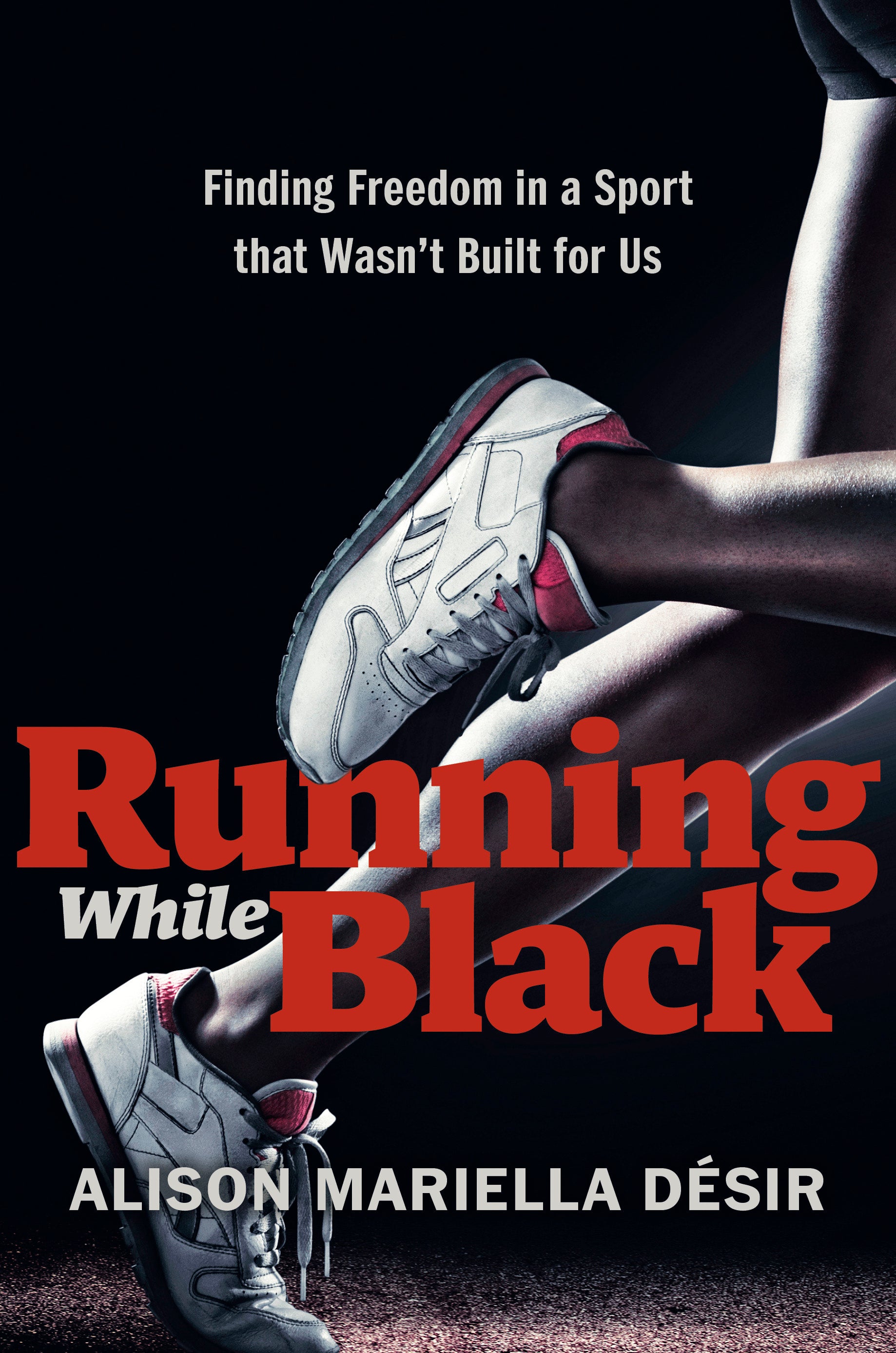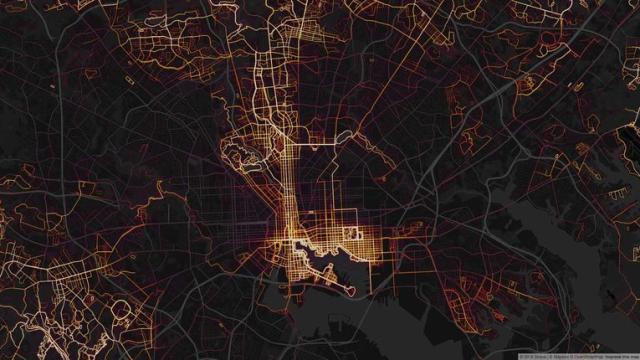If you see a jogger, you’re probably in a white neighbourhood. That’s according to Strava data from major cities like New York City and Baltimore, which show that running paths mirror American segregation. Running requires safety of multiple kinds, a necessity Black neighbourhoods have long been denied.
In February 2020, Ahmaud Arbery was murdered while jogging in Georgia, the victim of a racist hate crime. He had run from his home in Fancy Bluff, a traditionally Black neighbourhood, to the white enclave of Satilla Shores. Months later, after the local district attorney attempted to brush aside the case, video of the encounter was released, prompting protests across the world that coincided with demonstrations responding to the murder of George Floyd. Grief over Arbery’s murder inspired, among other outpourings of creative work, a Pulitzer Prize-winning essay about the Black experience of running in America.
In an excerpt from her new book Running While Black: Finding Freedom in a Sport That Wasn’t Built for Us, writer and runner Alison Mariella Désir, who sits on an advisory board for Strava, details her painful decision to leave the Bronx for Seattle for the sake of her son’s health and educational opportunities. Pondering the shift on runs with her family, she knows the change will benefit him in the long run, but she also keenly aware of the eyes of white neighbours that will always make her family feel like outsiders.
I did something I never imagined I’d do: I packed up my seven-hundred-square-foot apartment in the Bronx and moved across the country for a new life in Seattle with my family. Suddenly, I understood why my parents made the same difficult decision to leave Harlem in order to create a better home for my brother and me thirty-plus years earlier.
When I was pregnant with Kouri, our apartment building in the Bronx was a product of the gentrification that has forced many in the community out of their homes and that will likely remake the neighbourhood in the next few years. Going for runs as a family, we often ran on streets without proper footpaths, avoiding broken glass and garbage to make our way to Randall’s Island. Once there, the beautiful 194.25 ha green oasis gave us momentary respite; that is, until the park became home to refrigerated trucks housing hundreds of dead bodies lost to the Covid-19 pandemic.
Across the street, a police precinct seemed to do much more in the way of intimidation than in providing actual assistance to community members. Once, during a peaceful protest in June 2020, police aggressively arrested over two hundred people, beating some with batons, and leaving many physically and mentally wounded. Cops were also placed throughout the community, along with SkyWatch towers to keep us “safe,” practices you didn’t see on Park Avenue. I took special care in these moments to look as much like a runner as I could. With Amir by my side and Kouri in the stroller, I whispered to Amir to stop talking so loudly and refrain from joking. We don’t want to give them a reason.
The Bronx has one of the highest asthma rates in the United States and ranks the lowest in New York State in both “health factors” (air quality, access to healthcare, tobacco use) and “health outcomes” (quality of life, length of life). Life expectancy for people in the Bronx is seventy-five, a decade less than the eighty-five-year life expectancy for people living on the Upper East Side.
I could not justify raising my son in a place that was designed to kill him or justify raising my son in an area where his education or opportunities in sports would be compromised, as most schools in low-income areas lack funding for sports and recreation programs. (A 2021 lawsuit in New York City filed against the Department of Education determined that Black and Latino students attended high schools with an average of ten fewer sports teams compared to students of other races.) If I wanted what was best for my son, we’d have to move to a white space.
A few months after the move, I came across an article in a running publication listing the best places to live if you’re a runner. What the article did not comment on, but was evident in the demographics, is that these places were wealthy and overwhelmingly white. The median house price hovered in the $US400,000 ($555,280) range and 70 to 90 per cent of residents were white people. My immediate reaction was to think this didn’t happen by accident. Racism created the “good” parts of town (read: white) and the “bad” parts of town (read: Black). White people didn’t just happen to live in the places that were conducive to running, and Black people didn’t choose the “other” areas.
I saw in these lists the structural racism that underlies running — the gap between overwhelmingly white, wealthy communities where people can easily run, and the under-resourced communities of colour where running is less safe and less practical.
If you have a good place to run, more people will be running, and the data confirm this. I compared maps of previously redlined areas in Harlem and Brooklyn with activity levels for those areas from Strava heat-map data — maps that register activity levels as “heat” from millions of users around the world. The previously redlined areas of Harlem and Brooklyn were nearly dark, signalling little to no activity, while Manhattan was lit up, showing high levels of activity.
A 2019 article in Runner’s World dug deeper into the data, using Baltimore as an example. The section with the most runners was along what’s known as the city’s “white L,” an area in the north that travels south along the city’s main corridor before turning east to the Inner Harbour and the promenade. The white L, not surprisingly, receives a big chunk of city resources, and it’s where you’ll find luxury apartments and upscale dining. In contrast, the areas along the Patapsco River and out toward the county lines have little to no running and biking activity. These areas form what’s called the “Black butterfly,” neighbourhoods characterised by vacant row houses, high poverty rates, and, as the Runner’s World reporter noted, “generational despair.”
The image of the “white L” and the “Black butterfly” is a clear representation of what’s necessary to run. A runner is somebody with secure housing, a safe place to train, running infrastructure — parks, paths, trails, well-kept footpaths — clean air, and the physical, emotional, and psychological safety to run. And the majority of people with those privileges are white, just as it was during the running boom. Said simply: your zip code determines not only your health, longevity, safety, and comfort, it also determines who has the freedom to easily run.
A 2021 survey conducted by TRUE Global Intelligence for Gatorade found that 40 per cent of Black respondents cited a safe place to run as a barrier to entering endurance sports like running and cycling.
Nearly half of respondents of colour named a safe place to train as a barrier, as well as fear of hate crimes.
The decision to move was difficult but mostly practical. Going to a white space would put a target on our backs. We would forever be outsiders, surveilled and seen as potential criminals, the white gaze always tracking us. But we’d gain a greener space, cleaner air, and maybe even a backyard.
From Running While Black: Finding Freedom in a Sport That Wasn’t Built for Us by Alison Mariella Désir with permission from Portfolio, an imprint of Penguin Publishing Group, a division of Penguin Random House LLC. Copyright © 2022.

